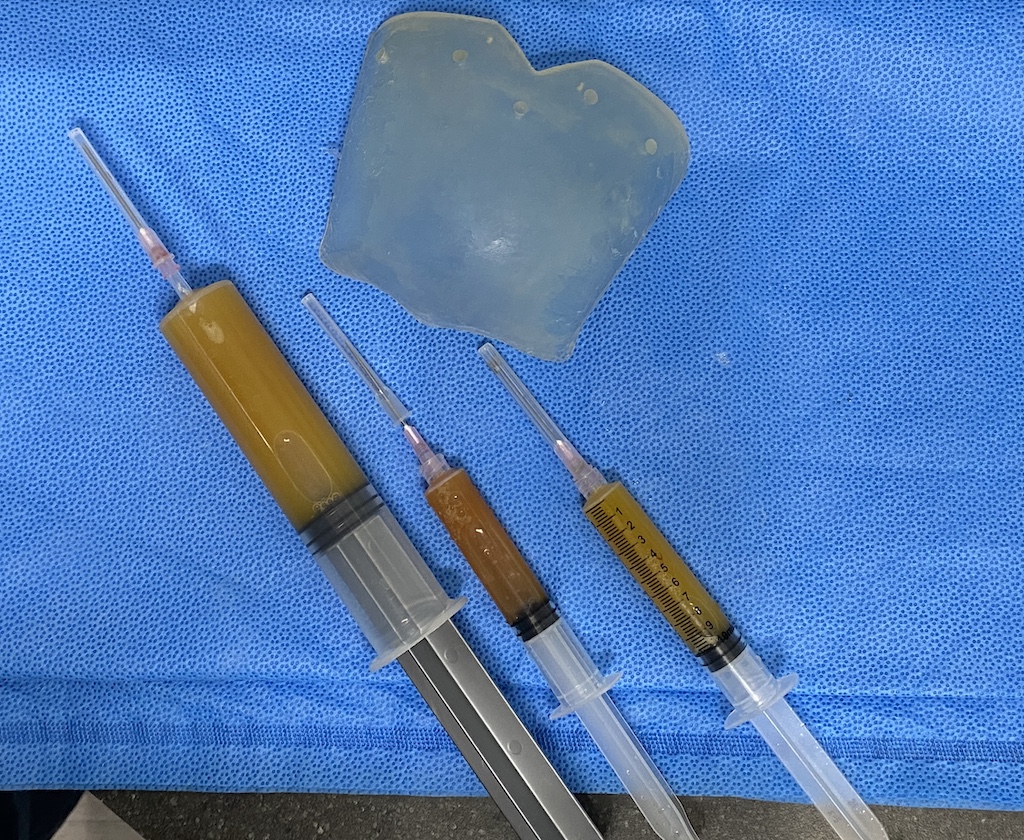The increasing use of custom facial implants and also the expanding popularity of aesthetic injection and skin resurfacing treatments can create some potential adverse interactions. One of the primary benefits of custom facial implants is that their broader surface areas of bone coverage create aesthetic facial enhancements that have never been possible before. These include the frequent use of total jawline, undereye, cheek and forehead implants. These are the same areas in which Botox and synthetic filler injections as well as thermal energy tightening and superficial resurfacing skin procedures are done.
A not uncommon and appropriate question from many custom facial implant patients is whether they can continue to get or undergo for the first time any of these non-surgical treatments. The answer to that question is yes…but with certain caveats. This is best illustrated in the following case example in which an adverse reaction occurred between these two forms of two aesthetic facial procedures.


The most ‘common’ interaction between aesthetic injection treatments and facial implants is infection caused by the placement of a needle directly into the implant. I have seen this to have occurred in cheek implants, standard or custom, about half a dozen times over the past decade. I have not seen a seroma complication from a non-injected facial implant before as has occurred in this case. But it illustrates that one must be cautious with any form of treatment that causes an inflammatory reaction in the tissues overlying an implanted area. This is particularly relevant when the implant covers a large bony surface area.
Does this mean that one can never have injections or any form of skin rejuvenation treatments done over a custom facial implant…no. But one should tell an injector that an implant does lie underneath and any injections need to be done superficially and not deep. Non-invasive skin treatments should be done more conservatively than usual. This does not apply to superficial skin rejuvenation treatments like chemical peels or laster resurfacing. But thermally based treatments that induce deeper tissue heating or tissue trauma should be done carefully.
Dr. Barry Eppley
World-Renowned Plastic Surgeon




